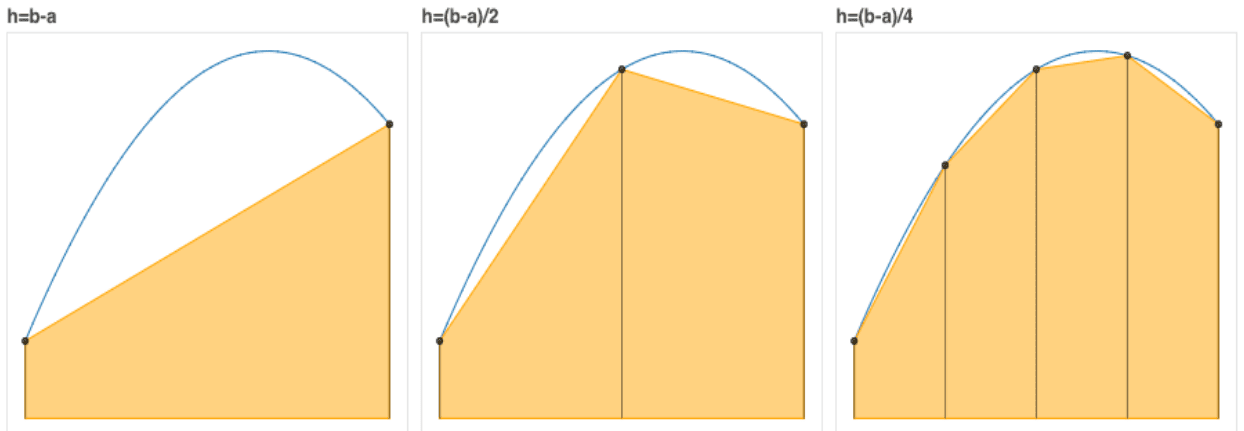Transcript: University of Texas at Arlington
Press blue link above for more info. 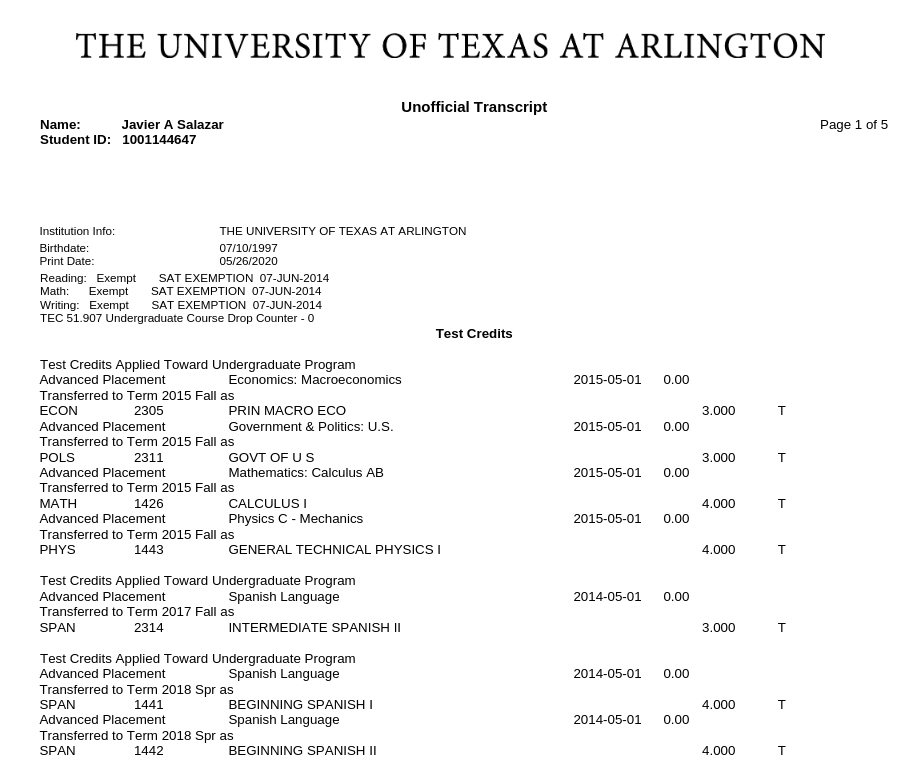
Press blue link above for more info. 
Press blue link above for more info. 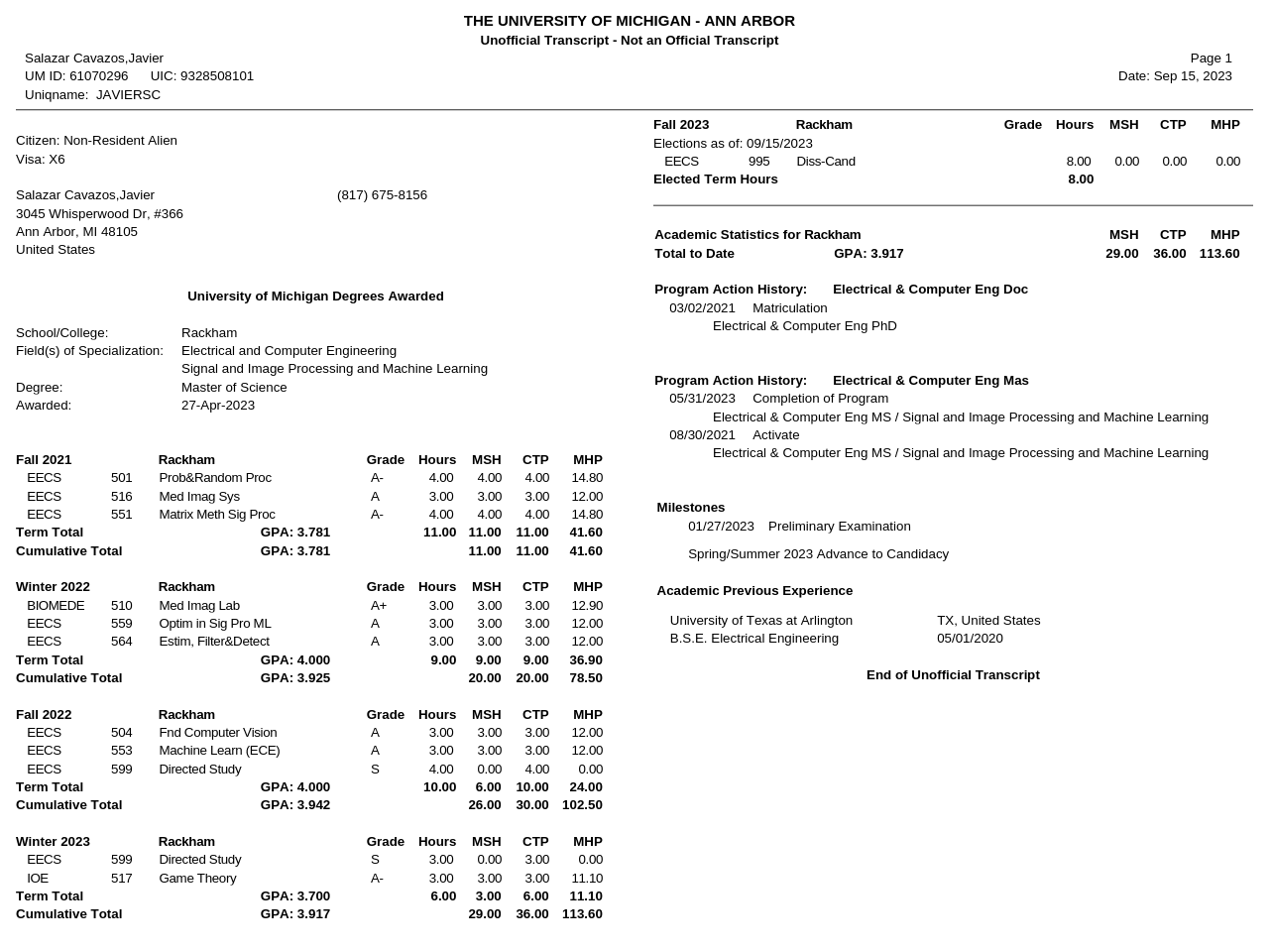
May 2024 - August 2024. Worked with the reticle/photomask team to group majority image patterns and outliers to augment defect classification systems. Designed various AI/deep learning clustering and outlier detection algorithms to reduce customer intervention time in reticle development. 
2020-2021. Designed electrical power distribution systems for data center clients and analyzed systems for short circuit analysis, arc flash mitigation, and breaker setting coordination. Moreover, created and revised electrical design plans (from audits) for mainly data center configurations. 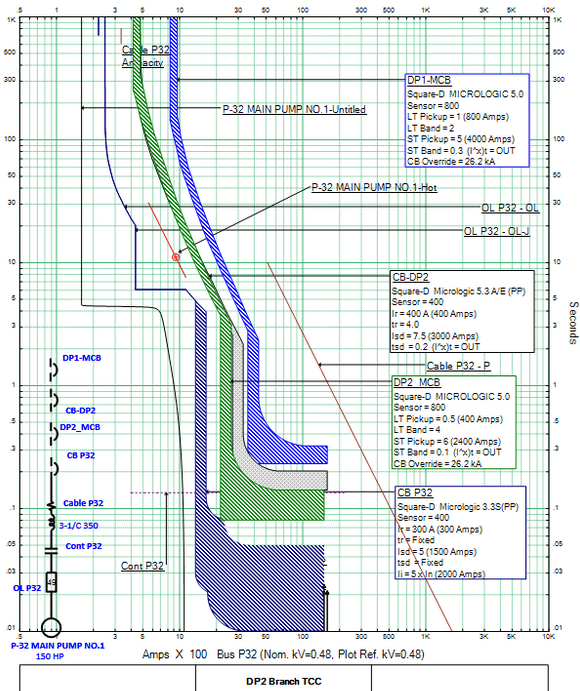
2020-Present. I designed an aftermarket 3rd brake light for Ford F150/Raptor model trucks. Myself, along with my business partner, sell these products on our site available at precisiondesign.us 
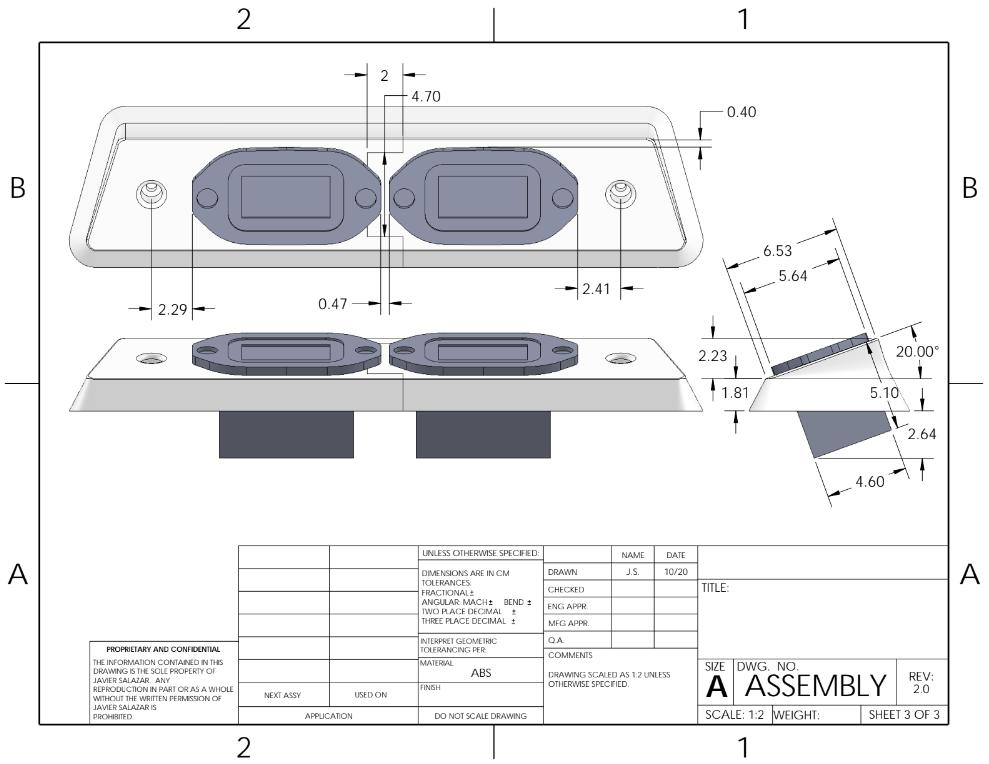
2017-2019. Designed 3D building/object models using Autodesk Revit (pre-construction plan process). Created floor plans, ceiling plans, interior/exterior elevation plans, and perspective plans for commercial and residential projects. Image below is an example project. 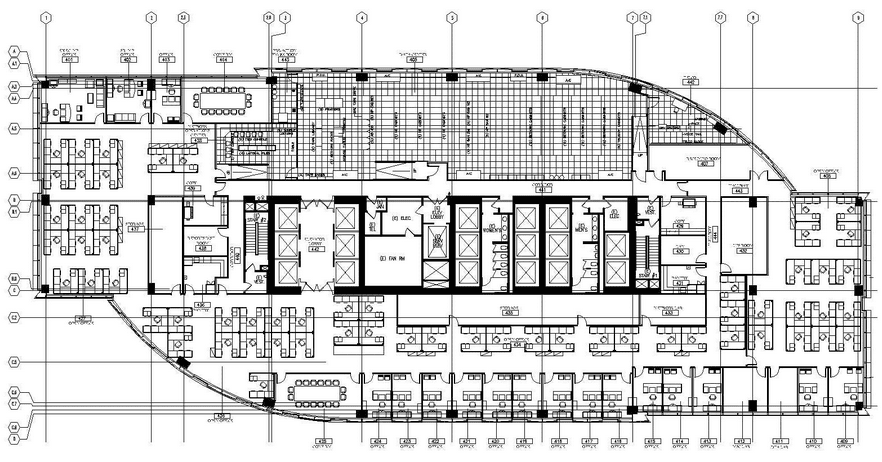
2015-2017. Drafted residential title surveys using Autodesk AutoCAD Civil3D and analyzed field data, city plats, FEMA flood maps, title commitments, and easements to construct drawings as illustrated below.
Explored various deep learning architectures for Alzheimer’s Disease diagnosis such as Vision Transformer, ConvNeXT, MLP-Mixer, and VAE. Press blue link above for PDF report.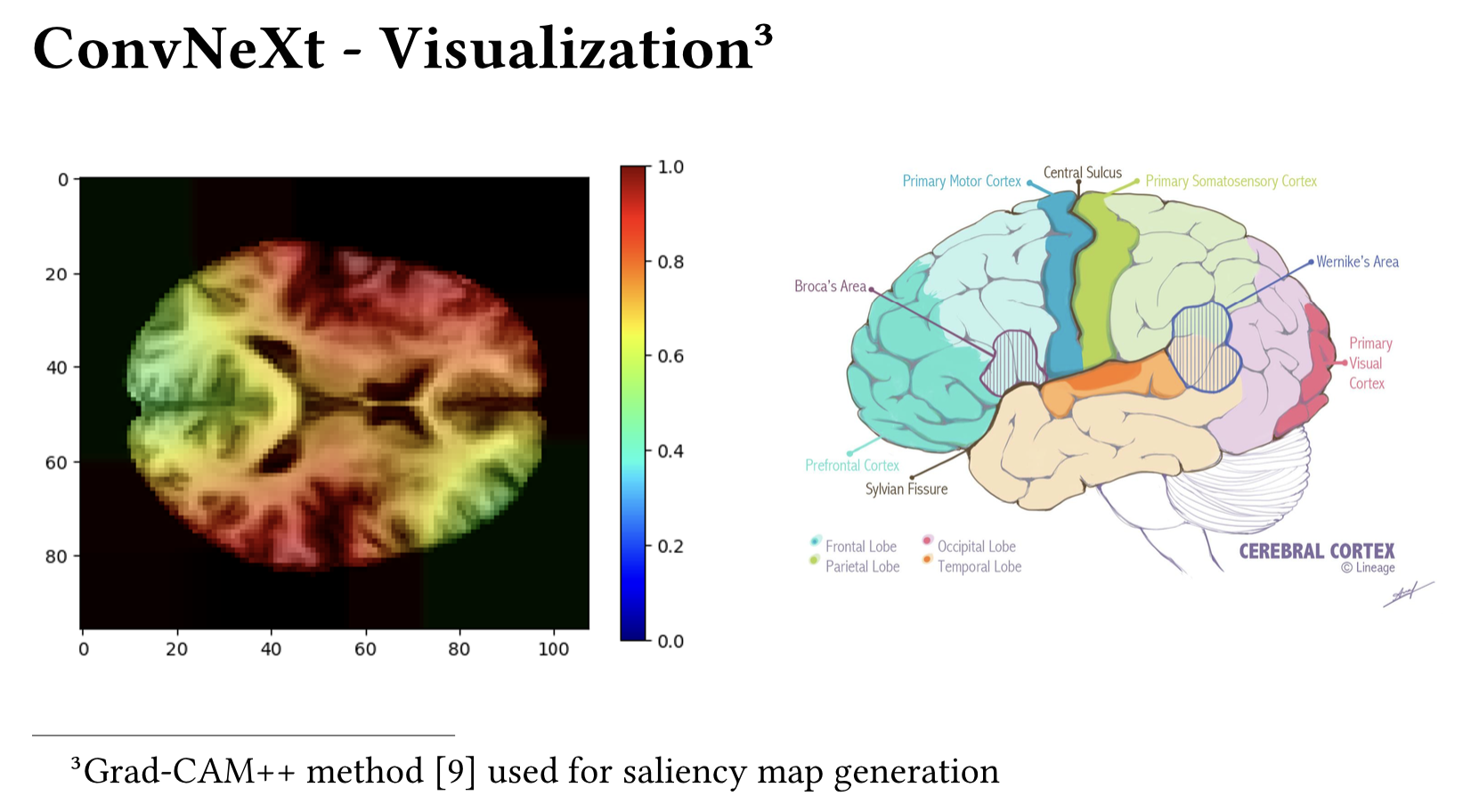
Trained a transformer-based neural network for pose estimation tasks. Press blue link above for PDF report.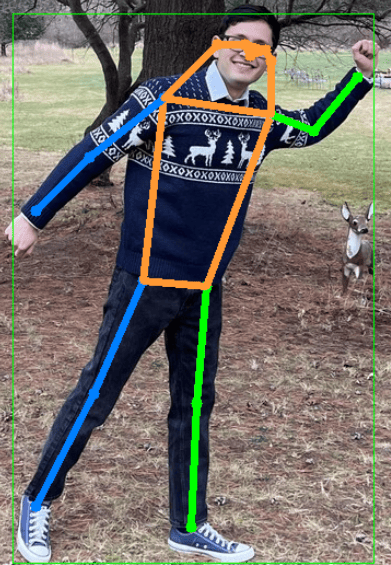
Wrote a literature review paper on solving matrix factorization problems that are useful for things like matrix sensing, phase retrieval, and PCA-like problems. Press blue link above for PDF report.
Implemented the McMC algorithm to sample posterior distributions in a linear regression type problem. Press blue link above for PDF report.
Reproducibility is an important task in modern research, for this project, we implemented a few optimization methods to confirm some of the results in the original paper. Press blue link above for PDF report.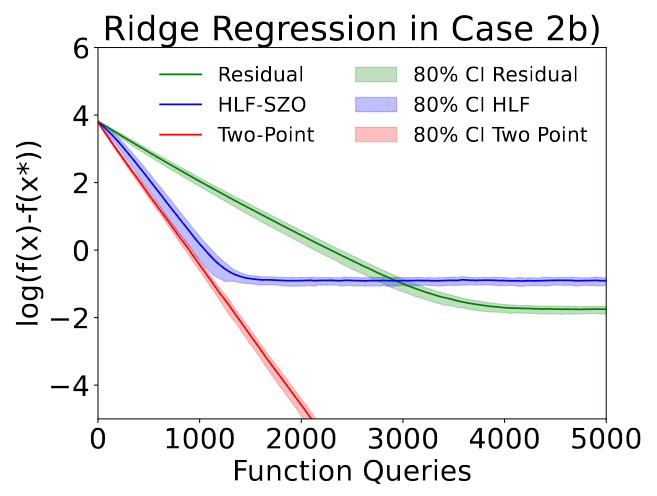
Implemented a CNN for object detection tasks with handcrafted layers, FCOS, and more. Press blue link above for more detail.
GAN-based neural network implementation for style transfer generation. Press blue link above for more details.
Implemented Autoencoder model for image compression and representational learning. Moreover, the CLIP model is explored for query tasks as shown below. Press blue link above for more details.

Diffusion-based neural networks have gained traction in recent years for tasks such as generative AI. In this project, I implement a diffusion-based network for image generation using CIFAR10 dataset. Press blue link above for more details.
Laplacian pyramids are useful to capture information of images at various scales. In this project, I use this to blend images together as seen below. Press blue link above for more details.
Panorama stitching involves joining images taken at different angles. This is nontrivial since it’s challenging to line them up. By using ORB features (key landmarks), one can use this to find the affine mapping related to the two images as shown below. Press blue link above for more details.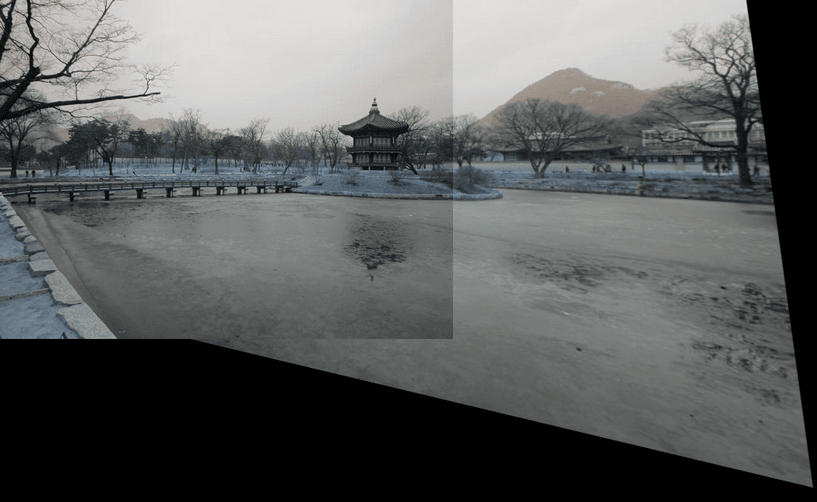
In this project, I perform classification (scene recognition) with a VGG-type neural network using the miniplaces dataset to recognize the scene of images. Press blue link above for more details.
Published in Sampling Theory and Applications (SampTA), 2023
Principal component analysis (PCA) is a key tool in the field of data dimensionality reduction that is useful for various data science problems. However, many applications involve heterogeneous data that varies in quality due to noise characteristics associated with different sources of the data. Methods that deal with this mixed dataset are known as heteroscedastic methods. Current methods like HePPCAT make Gaussian assumptions of the basis coefficients that may not hold in practice. Other methods such as Weighted PCA (WPCA) assume the noise variances are known, which may be difficult to know in practice. This paper develops a PCA method that can estimate the sample-wise noise variances and use this information in the model to improve the estimate of the subspace basis associated with the low-rank structure of the data. This is done without distributional assumptions of the low-rank component and without assuming the noise variances are known. Simulations show the effectiveness of accounting for such heteroscedasticity in the data, the benefits of using such a method with all of the data versus retaining only good data, and comparisons are made against other PCA methods established in the literature like PCA, Robust PCA (RPCA), and HePPCAT. Code available at https://github.com/javiersc1/ALPCAH
Recommended citation: J. A. S. Cavazos, J. A. Fessler, and L. Balzano. ALPCAH: Sample-wise heteroscedastic PCA with tail singular value regularization. In Fourteenth International Conference on Sampling Theory and Applications, 2023. http://javiersc1.github.io/files/paper_alpcah.pdf
Published in IEEE Transactions on Signal Processing (TSP), 2025
Principal component analysis (PCA) is a key tool in the field of data dimensionality reduction. However, some applications involve heterogeneous data that vary in quality due to noise characteristics associated with each data sample. Heteroscedastic methods aim to deal with such mixed data quality. This paper develops a subspace learning method, named ALPCAH, that can estimate the sample-wise noise variances and use this information to improve the estimate of the subspace basis associated with the low-rank structure of the data. Our method makes no distributional assumptions of the low-rank component and does not assume that the noise variances are known. Further, this method uses a soft rank constraint that does not require subspace dimension to be known. Additionally, this paper develops a matrix factorized version of ALPCAH, named LR-ALPCAH, that is much faster and more memory efficient at the cost of requiring subspace dimension to be known or estimated. Simulations and real data experiments show the effectiveness of accounting for data heteroscedasticity compared to existing algorithms. Code available at https://github.com/javiersc1/ALPCAH.
Recommended citation: J. Salazar Cavazos, J. A. Fessler and L. Balzano, "ALPCAH: Subspace Learning for Sample-wise Heteroscedastic Data," in IEEE Transactions on Signal Processing, doi: 10.1109/TSP.2025.3537867. keywords: {Heteroscedastic data; heterogeneous data quality; subspace basis estimation; subspace learning} http://javiersc1.github.io/files/paper_alpcah_journal.pdf
Published in International Society for Magnetic Resonance in Medicine (ISMRM 2025), 2025
Previous works in the literature apply 3D spatial-only models on 4D functional MRI data leading to possible sub-par feature extraction to be used for downstream tasks like classification. In this work, we aim to develop a novel 4D convolution network to extract 4D joint temporal-spatial kernels that not only learn spatial information but in addition also capture temporal dynamics. We apply our novel approach on the ADNI dataset with data augmentations such as circular time shifting to enforce time-invariant results. Experimental results show promising performance in capturing spatial-temporal data in functional MRI compared to 3D models. The 4D CNN model improves Alzheimer’s disease diagnosis for rs-fMRI data, enabling earlier detection and better interventions. Future research could explore task-based fMRI applications and regression tasks, enhancing understanding of cognitive performance and disease progression.
Recommended citation: J. Salazar Cavazos, S. Peltier, Alzheimers Disease Classification in Functional MRI With 4D Joint Temporal-Spatial Kernels in Novel 4D CNN Model. In ISMRM 33th Annual Meeting, 2025. p. 6929. http://javiersc1.github.io/files/4dcnn.pdf
Published:
A poster session given at Tufts University for the Conference on Modern Challenges in Imaging. Researched machine learning methods of identification and segmentation of meshes & slings, along with common pelvic floor features, in MR images for radiologist assistance in 3D visualization-guided surgery planning. Press image below for more details. 
Published:
A poster session at the UTASixty event regarding my captstone project during undergrad. Fitness is an important aspect in today’s society as a rapidly growing industry. Many people exercise to live a healthier lifestyle but also for sport performance. Several machines have been invented to exercise the body in different ways and help stay fit although there are very few machines specifically meant for wheelchair users. The wheelchair dynamometer is designed for wheelchair users to exercise, like an able-bodied individual, when needed as well as track performance parameters important in their field of sport. With a resistance setting, the dynamometer can accommodate a wide range of users at different fitness levels that can see workout/performance parameters through interaction with the included display. 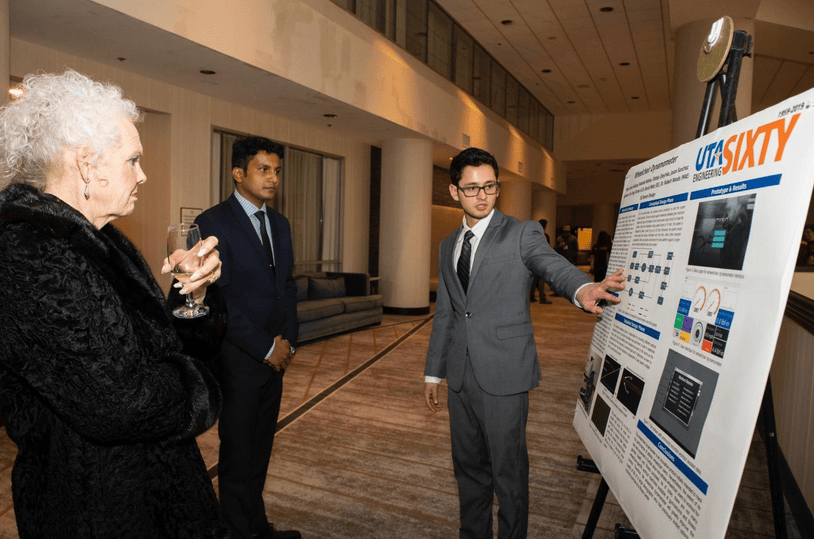
Published:
A presentation on a subspace clustering method known as SSC that is useful for Union of Subspaces (UoS) problems. Press image below for full PDF. 
Published:
A presentation on a novel subspace basis approximation method known as ALPCAH that is useful for various tasks like Dynamic MRI reconstruction, lesion detection, and more. Specifically, useful over PCA when the data is noisy (heteroscedastic). Image below illustrates the problems with heteroscedastic data and the regular PCA algorithm. Press image below for full PDF. 
Published:
A presentation on a novel subspace clustering method known as ALPCAHUS that is useful for Union of Subspaces (UoS) problems when the dataset itself is heteroscedastic (noisy). Press image below for full PDF. 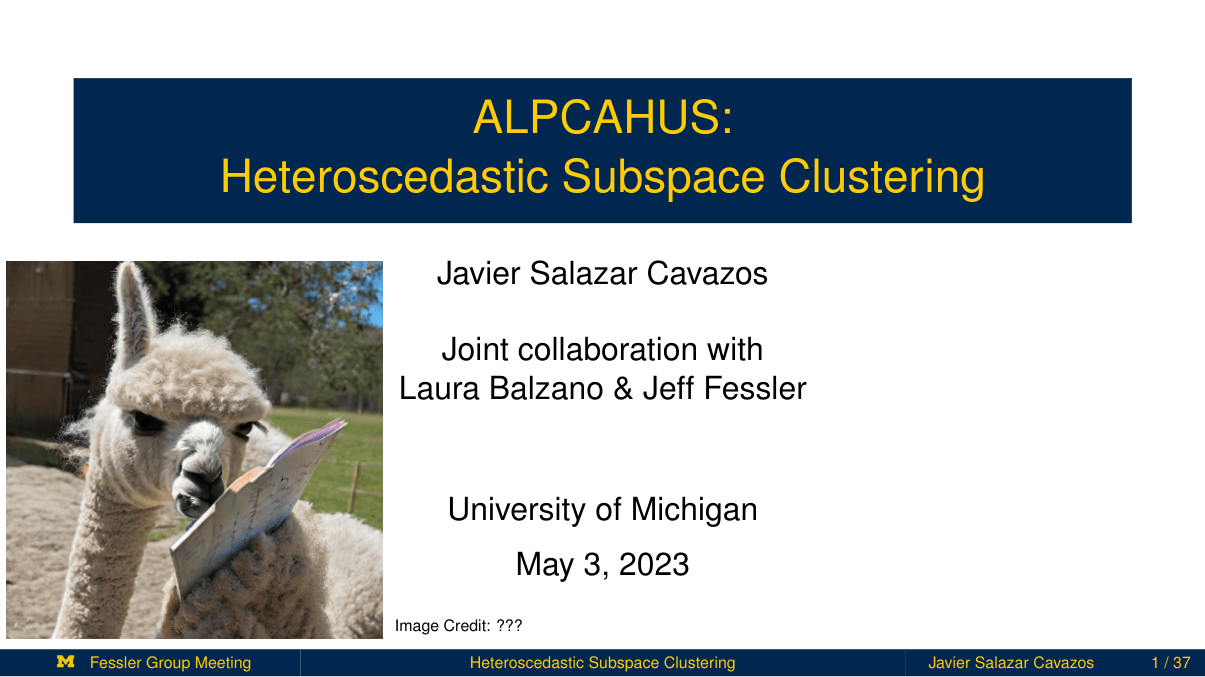
Published:
A presentation on the basics of deep learning from the linear algebra perspective. Press image below for full PDF. 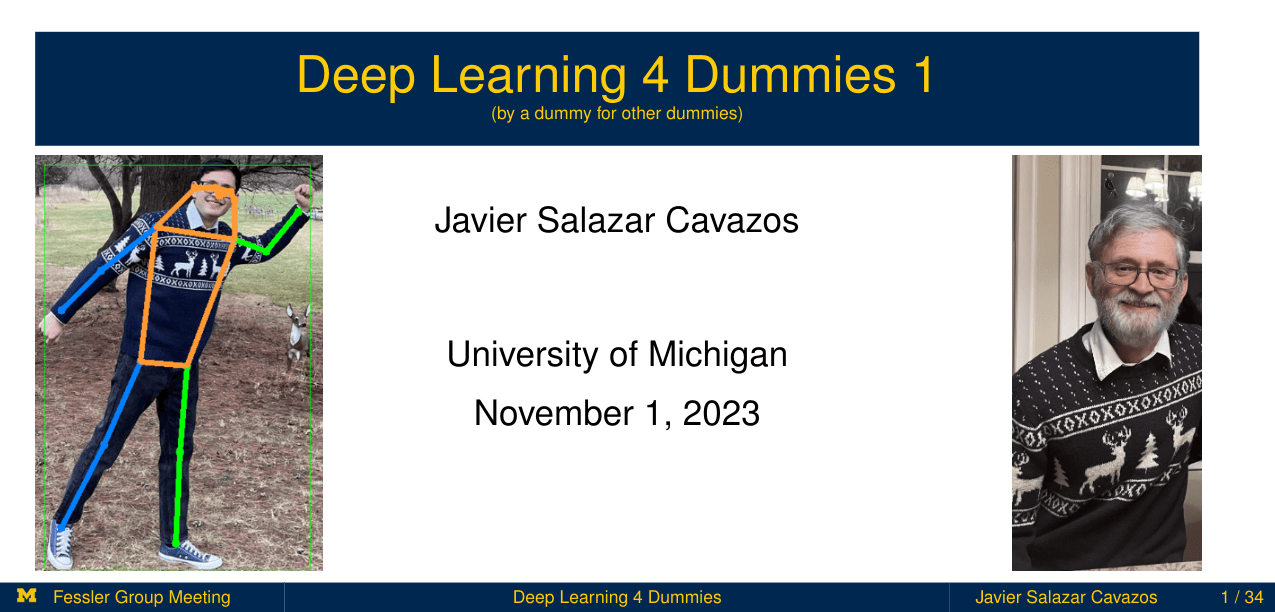
Published:
A presentation on imporved deep learning architectures and their application in structural MRI Alzheimer’s diagnosis. Press image below for full PDF. 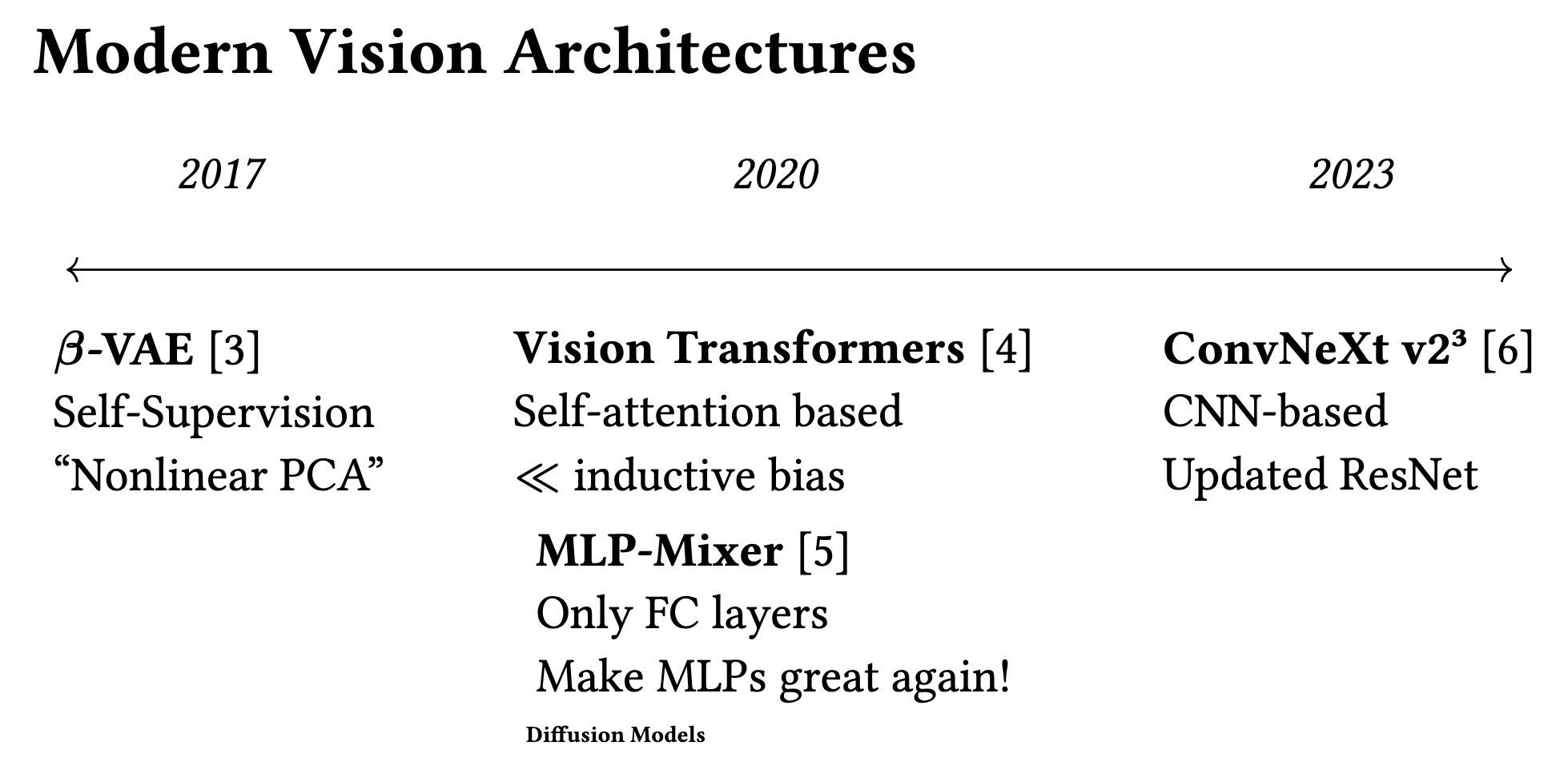
Published:
A presentation on contrastive learning to extract latent representations of structural MRI features and deep clustering to find groups within healthy/dementia populations. Press image below for full PDF. 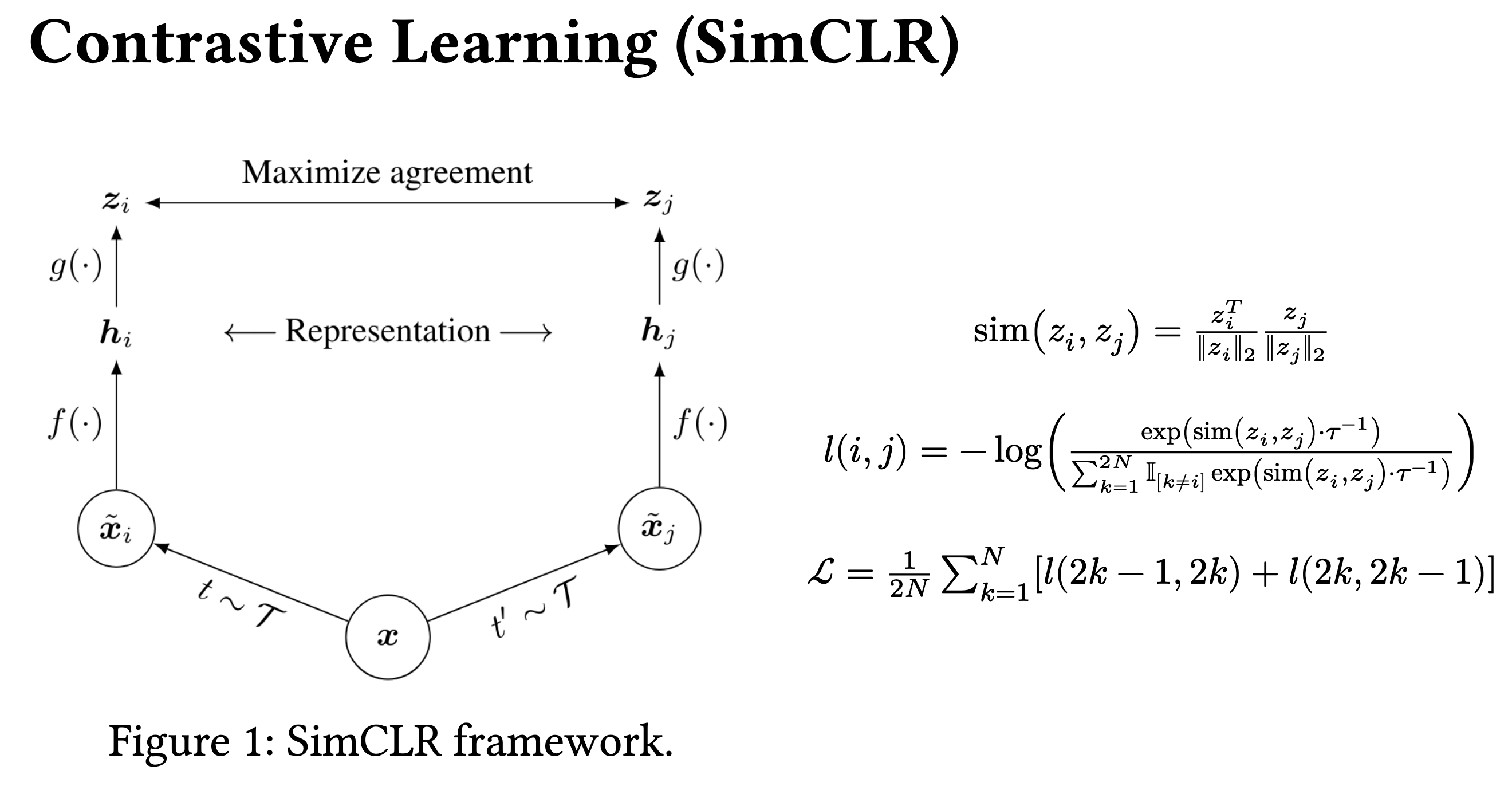
Published:
A presentation on an fmri-to-image method that generates reconstructed images using functional MRI data. Patient on MRI scanner is shown images and BOLD activity in visual cortex is collected. Deep learning models are trained to encode semantics, color profile, and depth maps to be fed to a pretrained diffusion model. Press image below for full PDF. 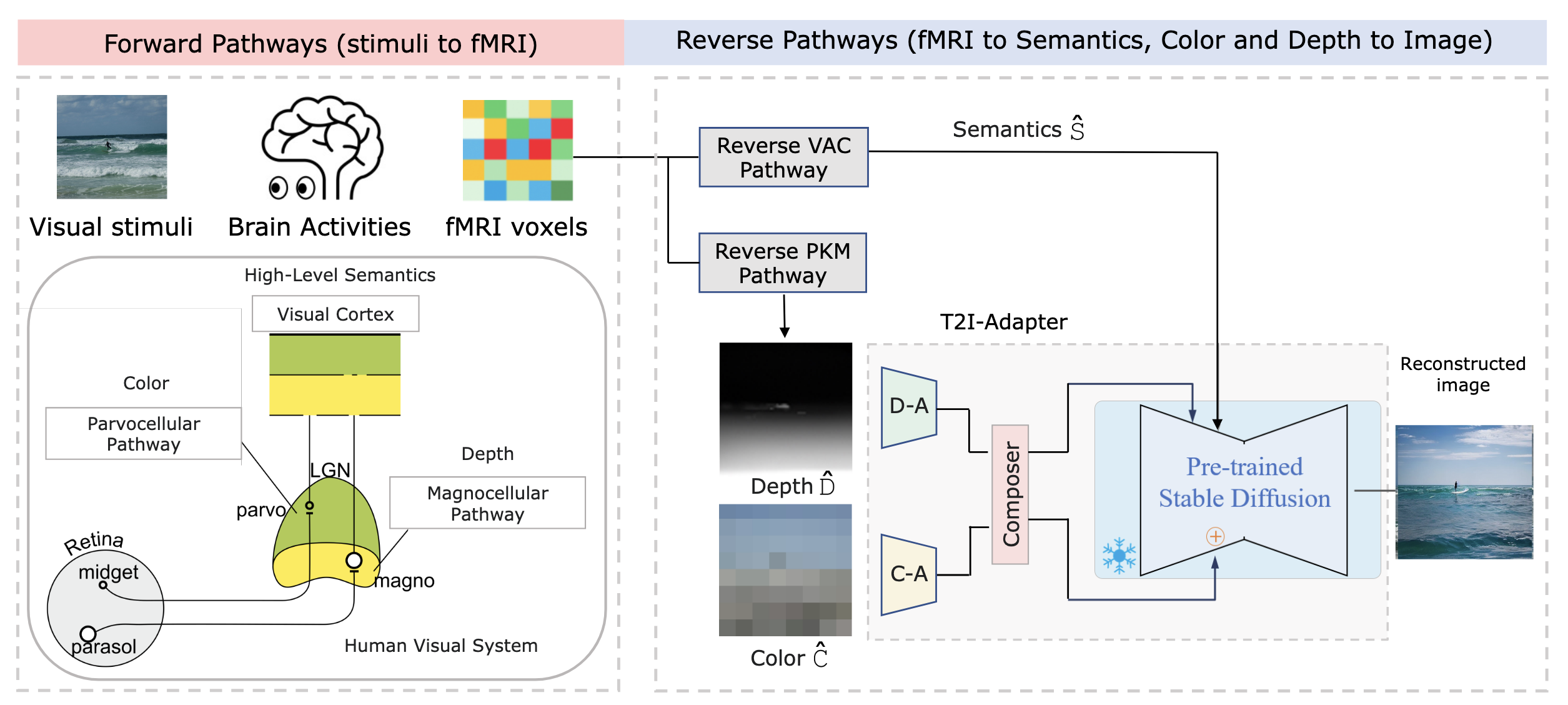
Published:
A presentation on proposed work involving task-based fMRI timeseries data for behaviour score regression. By training our deep model with this downstream task, outlier detection can be used to single out mild cognitave impairment and severe dementia subjects. Due to our high interpretability model, biological insights can be drawn about what brain region ROIs and brain subnetworks are useful for disease monitoring and progression. Press image below for full PDF. 
Award, University of Texas, Math Department, 2019
The Math Academic Excellence Award is a departmental award granted by the math department from UTA to students that demonstrate excellence in math through course grades.
Fellowship Award, University of Michigan, Rackham Graduate School, 2021
The Rackham Merit Fellowship (RMF) Program helps sustain the academic excellence and inclusiveness of the Michigan graduate community, one that embraces students with diverse experiences and goals, and who come from many educational, cultural, geographic, and familial backgrounds. By offering financial assistance to those students who might not otherwise have access, we aim to reduce disparities in graduate education. We also aim to promote the values of diversity and inclusion by encouraging the admission and funding of students who represent a broad array of life experiences and perspectives, because this enhances the quality of the intellectual environment for all students.
Undergraduate course, Graduate Student Instructor, University of Michigan, EECS Department, 2023
EECS351 is a Digital Signal Processing (DSP) course where I lead a weekly discussion reinforcing course material through further mathematical analysis and examples. Moreover, I moderated the Canvas/Piazza forum section to answer student questions related to homework and general course questions. This is besides the usual GSI expectations of dealing with homework assignments and tests.
Graduate course, Graduate Student Instructor, University of Michigan, EECS Department, 2023
EECS551 is a linear algebra based course called matrix methods where I lead a weekly discussion that covers coding algorithms in Julia for classification tasks using linear algebra techniques. Moreover, we go through example questions to reinforce course material and exam preparation. Moreover, I moderated the Canvas/Piazza forum section to answer student questions related to homework and general course questions. This is besides the usual GSI expectations of dealing with homework assignments, tests, and office hours.
Pelvic floor disorders, which include pelvic organ prolapse, affect nearly 1 in 4 women in the US. Each year more than 300,000 surgical procedures are performed in the US to treat these disorders. Most common surgical repair procedures of pelvic floor include placement of synthetics implants such as urethral slings and vaginal meshes. Unfortunately, postoperative complications of these procedures (e.g. dyspareunia, chronic pain, extrusion, or recurrent infection) are not rare, and their treatment may require follow-up surgeries to remove the implants. In these cases, imaging of the pelvic floor is a vital necessity for surgeons planning the procedure, seeking to identify the implants, their relative location and distance from various organs. The process is further complicated by the poor contrast between the implants and scar tissue, as well as the need for the surgeons to mentally generate a 3D volumetric image from 2D projections generated by standard MRI. This work aims to address some of these issues and assist surgeons by improving the currently available imaging techniques. In particular, we study the possibility of using multi-atlas segmentation (MAS) to automatically segment 2D MR images of pelvic floor, as well as utilizing such segmentations to create 3D semi-transparent volumetric images that can be rotated and zoomed with a mouse on the computer screen. Press blue link above for poster PDF. 
Researched the mathematics of Bayesian inference methods for iceberg prediction tracking by modeling ordinary differential equations, simulated the model using Markov chain Monte Carlo sampling techniques, and predicted drag coefficients for iceberg prediction. Press blue link above for presentation PDF. 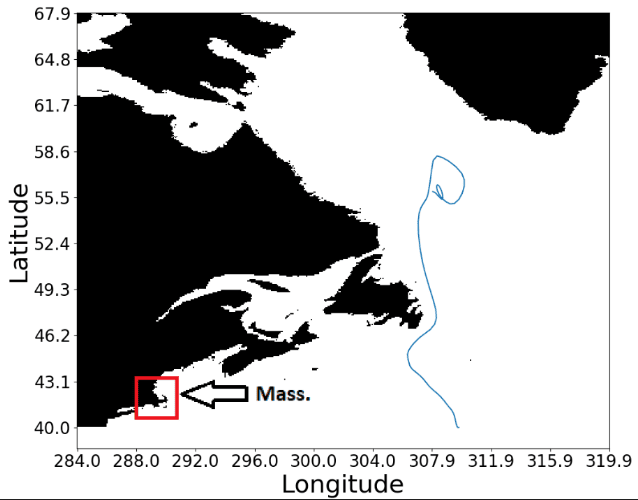
Researched and implemented the mathematics of computerized tomography such as Radon transform and filtered backprojection for image reconstruction of artificial phantoms. Press blue link above for PDF report. 
Designed, optimized, and tested 2.4GHz/5GHz wifi antenna using ANSYS HFSS and electronic equipment for an electromagnetics course. Press blue link above for PDF report.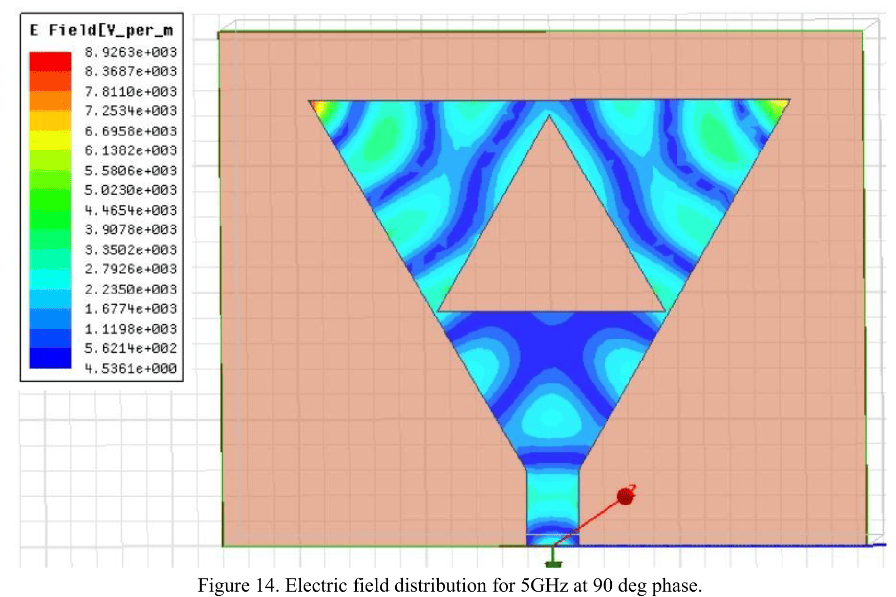
In this project, I implemented two different compression techniques DPCM and DCT for video compression. The DCT method is commonly used in MPEG/JPEG algorithms for MP4/JPG files. Press blue link above for PDF report.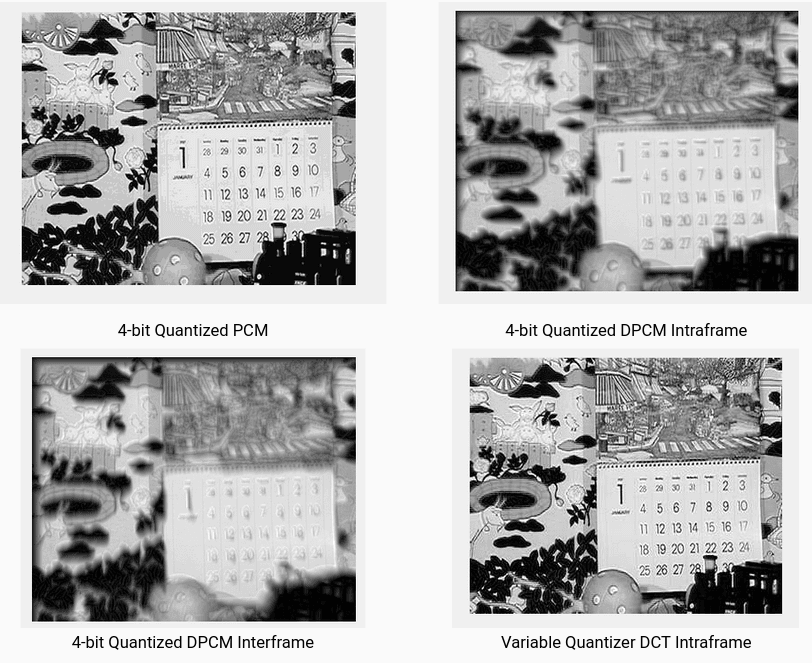
Fitness is an important aspect in today’s society as a rapidly growing industry. Many people exercise to live a healthier lifestyle but also for sport performance. Several machines have been invented to exercise the body in different ways and help stay fit although there are very few machines specifically meant for wheelchair users. The wheelchair dynamometer is designed for wheelchair users to exercise, like an able-bodied individual, when needed as well as track performance parameters important in their field of sport. With a resistance setting, the dynamometer can accommodate a wide range of users at different fitness levels that can see workout/performance parameters through interaction with the included display. Press blue link above for PDF report.
Machine learning is a hot topic where one wants to learn from data to achieve a certain task. I have implemented various algorithms from LDA, interpolation, k-NN, clustering, MLP, and more. Press blue link above for more details and all algorithms I worked on.
Stochastic modeling is useful for many real-world scenerios. From random number generation, Markov chains, random walks, and Black-Scholes option pricing, and more. Press blue link above for more details and all algorithms I worked on.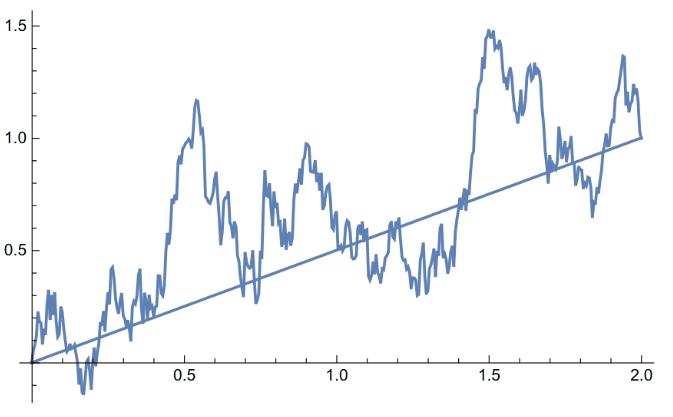
Numerical Analysis is the study of mathematical numerical algorithms such as ODE solvers, Taylor approximations, matrix solvers, root finders, numerical integration, and more. Press blue link above for more details and all algorithms I worked on.